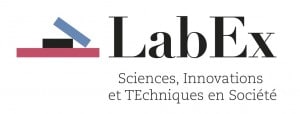Abstract
In many countries distributed energy resources (DER) (e.g. photovoltaics, batteries, wind turbines, electric vehicles, electric heat pumps, air-conditioning units and smart domestic appliances) are part of the ‘Green Deal’ to deliver a climate neutral society. Policy roadmaps, despite providing a framework and penetration targets for DER, often lack the network planning strategies needed to transition from passive to active distribution networks. Currently, DER's dynamic performance parameters and location identification techniques are not fully standardised. In fact, it can be very ad hoc. Standardised distributed load modelling and non-intrusive load monitoring (NILM) for equipment manufacturers, installers and network operators is critical to low and medium voltage network management in order to facilitate better balancing, flexibility and electricity trading across and within the power system for mass DER deployment. The aim of this paper is to fill this load modelling and NILM knowledge gap for DERto inform the ‘Green Deal’ transition and support standardisation. In the paper, existing load modelling techniques and NILM methodologies are critically examined to inform and guide research activity, equipment development and regulator thinking, as well as network operators. Seven key findings that need urgent attention are identified to support a smooth power system reconfiguration.
See all documents refering Cortext Manager






